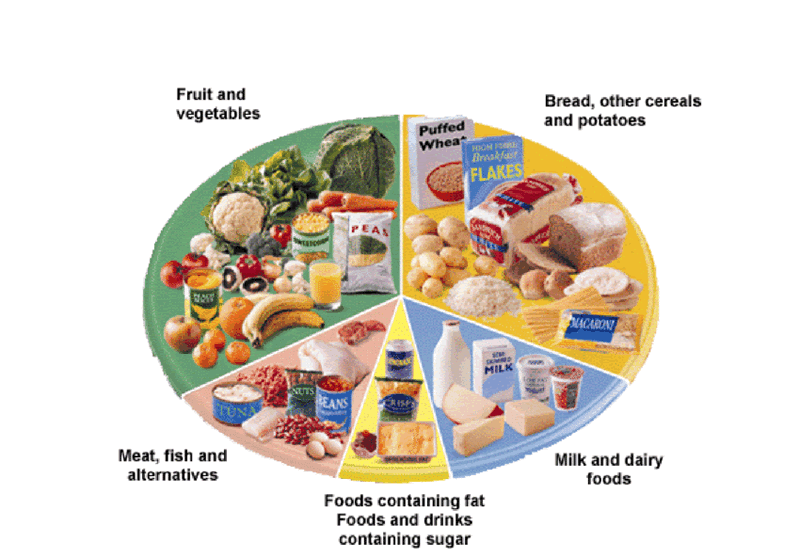The most critical thing about dietary requirements during pregnancy is that you should start to consider these BEFORE conception. Critical development of your baby starts at conception.
Eating well before pregnancy will give your body a good store of nutrients for your baby to draw on during pregnancy.
The objective is to ensure that your body has all of the nutrients it needs for optimum health. It is important to eat from all of the main food groups as no single food can provide all of the essential nutrients that the body needs. This is why the need for a ‘balanced’ diet is often emphasised.
Also Read: 3 Mistakes Not to Make at the Start of a Diet
There are two areas to consider:
- Getting the appropriate amount of calories, a balance between the calories that you eat and the calories that you burn.
- Consuming a combination of various essential nutrients in the correct proportions, this will lead to good nutrition.
These essential nutrients are grouped as follows:
· Carbohydrates
· Fats
· Fibre
· Minerals
· Protein
· Vitamins
· Water
Obtaining a balance of these nutrients means eating a variety of foods from all of the five basic food groups in the correct proportions, no single food can provide all of the essential nutrients that the body needs. The western diet today tends to have too much fat and too little fibre for some a small shift can mean a major health benefit.

The Food Standards Agency (FSA) uses the commonly accepted food groups to describe a healthy diet:
· Bread, potatoes and other cereals
· Fruit and vegetables
· Milk and dairy products
· Meat, fish and alternatives
· Foods containing fats; foods and drinks containing sugars
The United States Department of Agriculture (USDA) describes these dietary guidelines through its new food pyramid; MyPyramid. It’s food grouping is fairly similar, although broadly speaking the fruit and vegetables is spilt into two groups instead of one.
Whichever way these groups are split, eliminating one food group from your diet could risk developing a nutrient imbalance and deficiencies.
The United States Department of Agriculture (USDA) provide dietary guidelines that describe a healthy diet as one that:
· Emphasises fruits, vegetables, whole grains, and fat-free or low fat milk and milk products
· Includes lean meats, poultry, fish, beans, eggs and nuts
· Is low in saturated fats, transfats, cholesterol, salt and added sugars
Recommendations are very similar from the Food Standards Agency (FSA) in the UK.
During pregnancy your requirements for calories and nutrients change, the requirements for nutrients double but the calorific need only increase 15% so it is important to make sure that what you eat counts!
Key tips:
· A good variety of food intake
· Plenty of fruits, grains and vegetables
· Ensure EFA levels are adequate
· Drink at least 6 – 8 glasses of water a day
· Reduce fat intake, especially saturated and trans fatty acids
· Reduce sugar intake
· Reduce salt intake
· Eliminate alcohol, smoking and drugs
Vegans and vegetarians do not need to worry as long as their diets are well-balanced; careful planning may be required. If it is not then there may be a need for supplementation to boost necessary nutrients or vitamins.
The requirements for Vitamin B12 (found in manufactured foods), Vitamin D (may just require extra doses of sunshine!), iron, zinc and calcium all increase during pregnancy and this can lead to deficiency if not corrected.
Another often forgotten nutrient is omega3 fatty acids, which play an important role in brain function and development. Some women can enter pregnancy already deficient in this important nutrient; sources include fatty fish, flaxseed, and walnuts. But be careful of certain fish and their mercury content.



